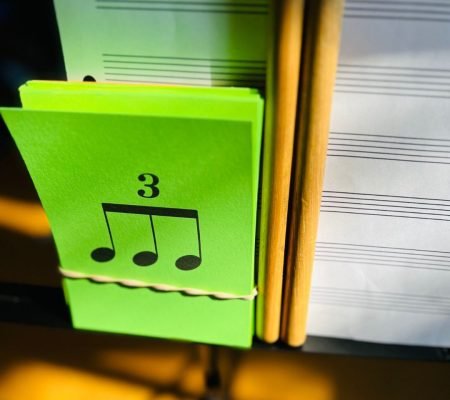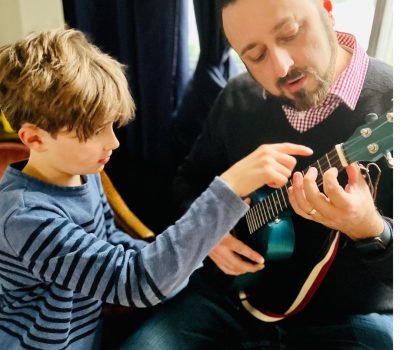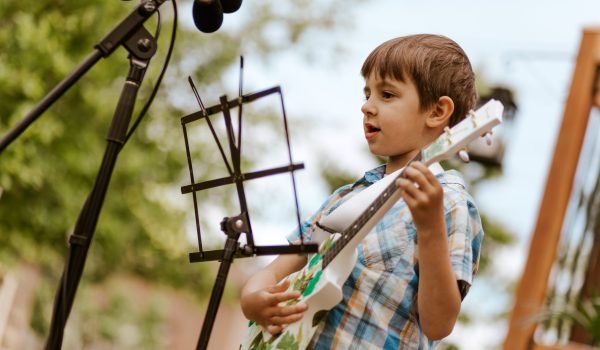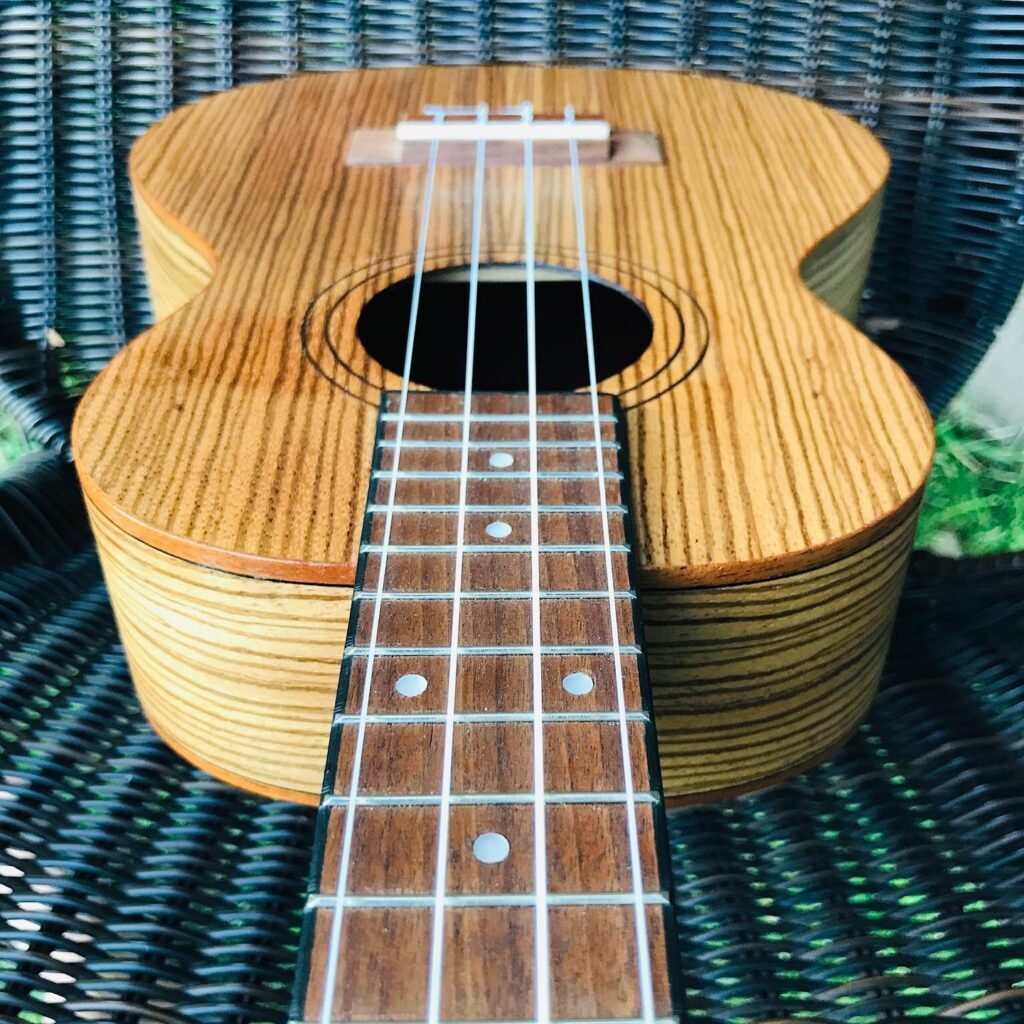Like homework, it can be a challenge to get your child to practice their instrument. A common question I get from parents and grandparents is: “How do I get my child to practice their instrument more often?” The key to success is, first and foremost, to establish a routine and stick to it! While this may be a challenge at first, fortunately, it does get easier and will eventually be an activity your child will be able to complete independently with confidence.
However, there is added value in changing up the regimen. I often assign my students activities that don’t require them to play or use their instrument at all. These activities still focus on musical aspects but break up the monotony that can stem from the same repetitive routine. The great news is that there are lots of fun activities to do that will support your budding musician’s theoretical knowledge, rhythm, and appreciation of music. Here are some suggestions of activities you can do with your child that will energize practice time and hopefully inspire their inner musician in a refreshing way:
Depending on what your child is learning in their musical studies, practicing the correct names in the musical vernacular can be a fun activity. Simply point to parts of a musical score and have your child identify the staff, a treble clef, the time signature, a dynamic, etc. This activity can be turned into a craft in which you make a set of flash cards with these items notated. Include rhythmic notation or multiple languages for a challenge. If your child is not reading music from a page, practice identifying the parts of their instrument.

Working on rhythm is always a productive use of time. Whatever the level of your young musician, writing out and sight-reading rhythmic elements is excellent practice. Even if you are limited to quarter rests and quarter notes, write out a few rhythmic passages and practice with a metronome increasing or decreasing the BPM (beats per minute) for a challenge. Clapping simple rhythms and having your child repeat them back is also a fun game. Bonus points if they can identify or notate the rhythm!
Identifying the intensity of music is the first step towards reproducing soft or loud sounds. Further this exploration by having your musician choose a simple piece and then play it first soft, then gradually louder, and louder until it is at maximum volume. Ensure your child keeps the tempo of the performance the same throughout.
Pick an artist and explore their style of music. This can be done from an academic perspective where history, influences and impacts of this musician are explored. Alternatively, you can explore from a listening perspective. What is the style of music? What instruments can be identified? How does the music make you feel? What is the tempo, dynamic or intensity of the music? This practice can even be done in the car if you need an engaging activity to develop keen listening ears! I like this free template from Otterly Musical:
Never underestimate the power of a game to motivate musical interest! Don’t be afraid to take the game outdoors, especially if you have an active child who enjoys running off energy. The more movement involved, the better. If the game includes props such as dice or flashcards, it’s guaranteed to be a winner. Even better if you have to hunt for something or keep track of points! Of course, different personalities are motivated by different types of games, but the goal is always to have fun exploring music in a new way.

Even if your little one is playing something as simple as The Wheels on the Bus, listening to different interpretations of this same tune can be a fun activity. Identifying obvious differences such as lyrical changes to the verses can be a great place to start. Then, follow up by identifying instrumentation differences, harmonies that stand out, or phrasing differences. Even the mood, style, or tempo can alter the musical interpretation of music. Using their ears to hear the many ways a piece can be played, is a very valuable exercise.

Having your child teach you how to play their instrument will not only boost their confidence and pride, but also evaluate their understanding and knowledge. You can ask questions of your ‘teacher’ such as the proper technique for holding the instrument, the parts of the instrument, and how to play it. The more mistakes your child has to correct, the more fun this lesson will be so challenge yourself to be as silly as possible!
A mock performance or practice concert is a fun preparatory activity, especially if you have a recital or event coming up. From walking on stage, to presenting your piece, to the bow at the end, it takes lots of practise to polish these small but numerous little touches to a performance. It’s important to practise the gesture of taking a breath before beginning to play, as well as waiting for applause to finish before exiting stage right. And don’t forget to smile and have fun! This activity will also give your child an opportunity to make mistakes and figure out how to move past them to finish their performance.

There are so many ways to engage your child while exploring music. They will definitely have feedback on each activity and you can let their interest guide the learning. Don’t be afraid to change up the lesson and ultimately, have fun broadening the musical horizon of your young musician.

Sign up to receive updates, promotions, and sneak peaks of upcoming course. Plus 20% off your next order.